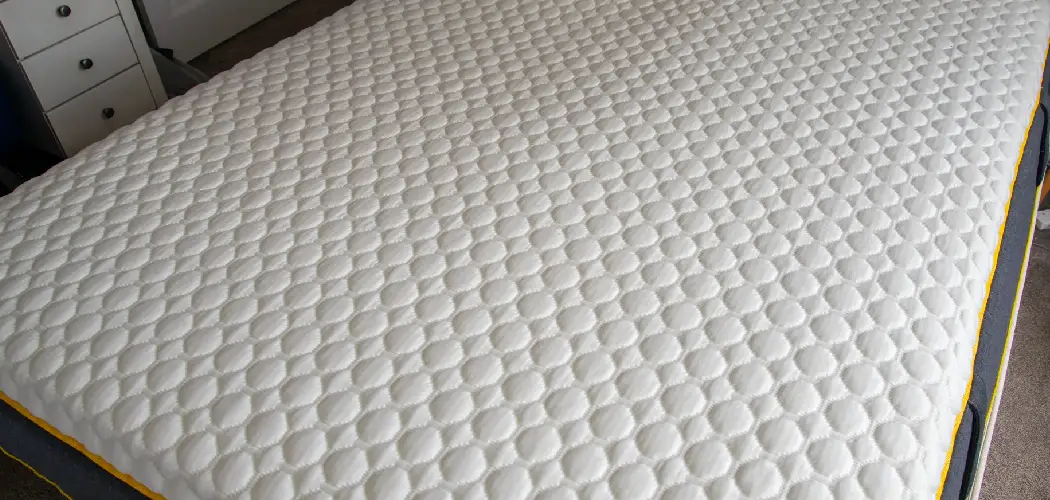Are you seeking the perfect mattress protector to keep your bed clean and comfortable? With so many options available, it can be overwhelming to choose the right one.
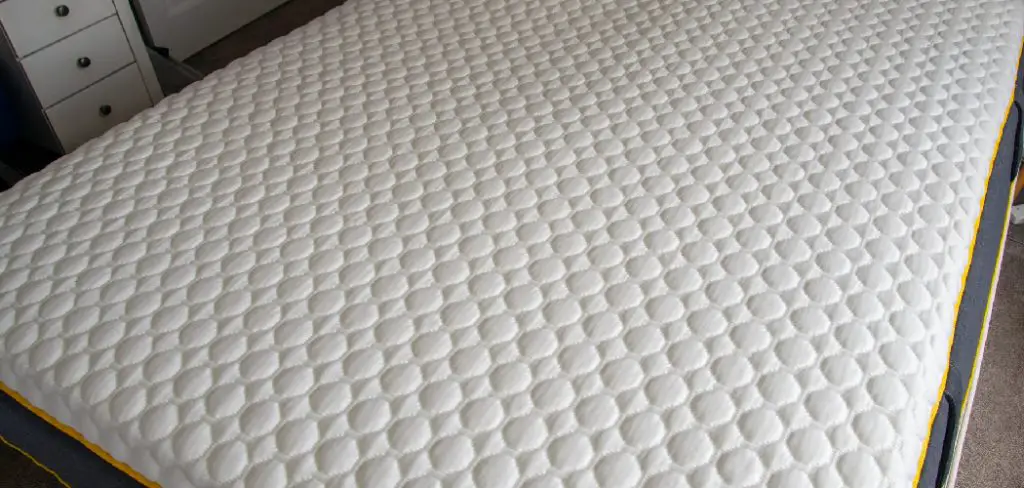
Choosing a suitable mattress protector is essential to prolong the life of your mattress while ensuring a comfortable and hygienic sleeping environment. With various options available, selecting the perfect fit can be overwhelming. A quality mattress protector can guard against spills, allergens, and dust mites, providing comfort and comfort. When deciding on a mattress protector, it is crucial to consider factors such as material, size, waterproof features, and breathability to match your needs and preferences.
This guide on how to choose a mattress protector aims to simplify the process by highlighting the key aspects to consider, ensuring you make an informed decision that supports restful nights.
What are the Importance of Mattress Protectors?
Before diving into the selection process, it is essential to understand the importance of mattress protectors. Not only do they safeguard your investment in a quality mattress, but they also offer several other benefits:
- Protects Against Spills and Stains: A good mattress protector is a barrier between your sheets and the mattress, preventing any liquid spills from seeping through and staining.
- Guards Against Allergens and Dust Mites: Most people spend about eight hours every night on their mattress, which can quickly accumulate dead skin cells, oils, and dust mites, leading to allergies. A high-quality mattress protector prevents these elements from penetrating the mattress.
- Prolongs Mattress Life: A mattress protector shields your mattress from daily wear and tear, increasing its lifespan.
- Adds Comfort: While protecting your mattress, protectors can also add an extra layer of cushioning and softness, providing a comfortable sleep experience.
Once you understand the importance of mattress protectors, it is time to consider the following factors when choosing one.
10 Easy Steps on How to Choose a Mattress Protector
Step 1: Determine the Size of Your Mattress
The first step in selecting the right mattress protector is determining its size. Mattress protectors come in various sizes, such as twin, full, queen, and king, corresponding to standard mattress dimensions. Additionally, consider the depth of your mattress, as some protectors are designed to fit specific thicknesses. Ensuring a proper fit secures the protector in place and enhances its overall effectiveness in safeguarding your mattress.
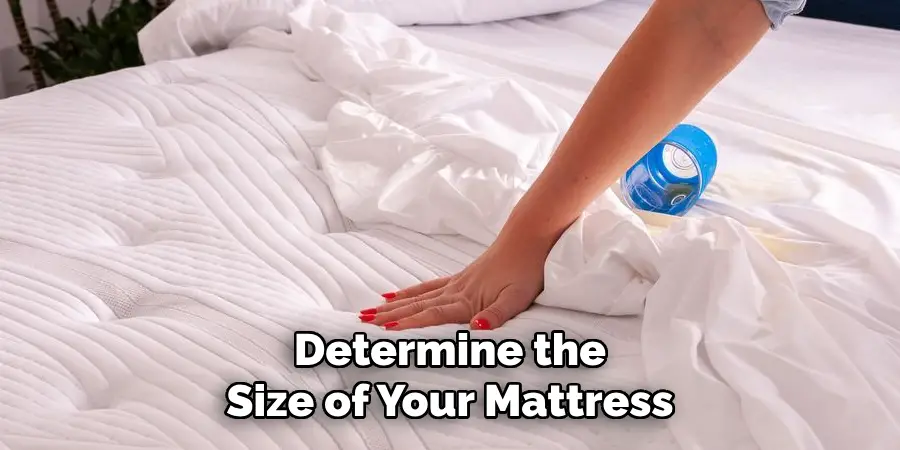
Step 2: Consider the Material
When choosing the material for your mattress protector, consider your personal needs and preferences, as well as any specific requirements, such as allergies or temperature regulation. Common materials include cotton, polyester, and bamboo, each offering distinct benefits.
- Cotton: Known for its breathability and softness, cotton is popular for those seeking a comfortable night’s sleep. It’s a natural fabric that absorbs moisture effectively and is hypoallergenic, making it suitable for people with allergies. Cotton protectors often feature a plush, quilted surface that adds extra cushioning.
- Polyester: Durable and budget-friendly, polyester mattress protectors are often blended with other materials to enhance their softness and comfort. They are typically more resistant to stains and wrinkles, making them low-maintenance. Some polyester protectors have a waterproof layer to protect against liquid spills.
- Bamboo: Bamboo fibers are becoming increasingly popular due to their eco-friendly properties and natural temperature regulation. Bamboo mattress protectors are highly absorbent, help dissipate heat, and naturally resist odors and bacteria. This makes them an excellent choice for those who sleep hot or are environmentally conscious.
When selecting the material, also consider features like hypoallergenic properties and ease of cleaning.
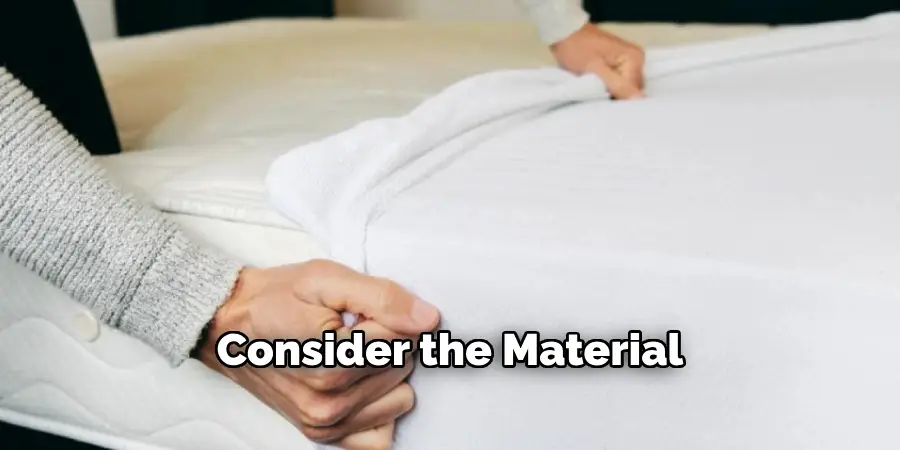
Step 3: Assess Waterproof Features
Waterproof mattress protectors are excellent for preventing liquid damage from spills, stains, or accidents. Look for protectors with a practical and quiet waterproof membrane, ensuring they don’t create noise when you move at night. High-quality options often utilize a breathable polyurethane layer while providing reliable moisture protection. This feature is particularly beneficial for households with children or pets or for those who prefer to enjoy drinks in bed.
Step 4: Evaluate Breathability
Breathability in a mattress protector is crucial for those seeking optimal comfort and temperature regulation during sleep. A breathable protector allows air to circulate freely, effectively dissipating body heat and moisture, which helps prevent overheating during the night. This is especially important for individuals who sleep hot or live in warmer climates.
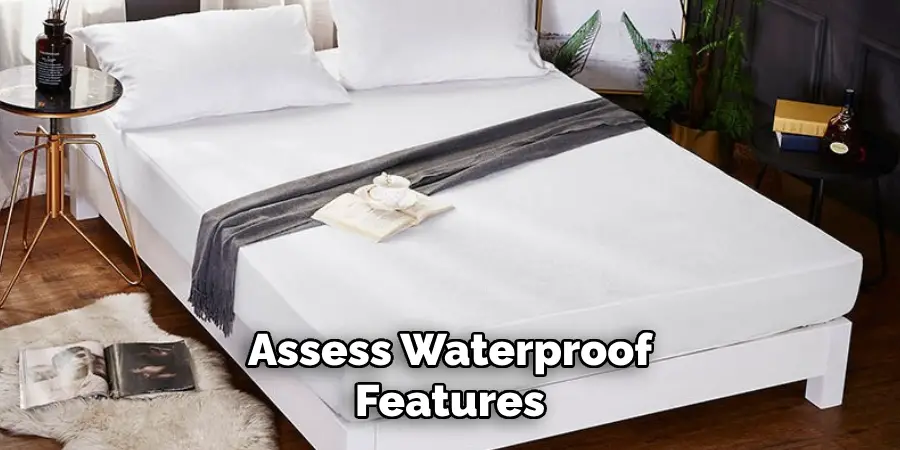
Look for materials like cotton or bamboo, as they are naturally breathable, ensuring a cooler and more comfortable sleep environment. The construction of the protector also plays a role in its breathability. Some designs incorporate particular weave patterns or mesh sides that enhance airflow without compromising on protection. Selecting a breathable mattress protector can significantly improve your sleep quality by maintaining a pleasant and stable temperature throughout the night, contributing to a more restful and undisturbed sleep experience.
Step 5: Check for Comfort and Feel
Comfort is a crucial consideration when selecting a mattress protector. A protector should not alter the feel of your mattress negatively but instead, enhance your comfort while you sleep. Some protectors come with an additional layer of padding or quilting for a plush feel, which can provide extra cushioning and softness. Consider the thickness and material of the protector in relation to your existing mattress to ensure it complements your mattress’s comfort. Thin, smooth protectors preserve the original feel of a firm mattress, whereas plush, padded options can add softness. Testing the protector on your mattress can give you a good indication of its feel and comfort level. Prioritizing comfort will ensure you maintain a restful sleep environment.
Step 6: Understand Noise Levels
Noise levels can be an essential consideration when selecting a mattress protector, especially for light sleepers who may be disturbed by rustling sounds during the night. Some waterproof protectors, particularly those with less sophisticated materials or construction, can produce a crinkling or plastic-like noise with movement. To minimize this issue, opt for protectors made from high-quality materials such as polyurethane or those with a fabric covering that dampens sound. Reading reviews or testing the product in-store can provide valuable insight into the noise levels of a protector. A quiet protector contributes to an uninterrupted sleep experience, ensuring you won’t be woken by every toss and turn.
Step 7: Evaluate Durability
Durability is an essential factor to consider when choosing a mattress protector, as it directly impacts the longevity of the protector and your mattress. Look for protectors made from high-quality materials that can withstand regular washing without losing shape, effectiveness, or comfort. Reinforced seams and a solid elastic skirt can improve the protector’s durability, ensuring it stays securely in place over time. Durability is paramount in households with children, pets, or frequent sleepers, where the protector will endure more wear and tear. Invest in a protector that provides comprehensive protection and maintains its protective qualities after repeated use and cleaning.
Step 8: Consider the Fit
Ensuring a proper fit is critical when selecting a mattress protector, as an ill-fitting protector can shift or bunch, compromising comfort and protection. Mattress protectors come in various sizes to fit different mattress dimensions, from twin to California king. Be sure to measure the depth of your mattress, including any toppers, to select a protector with deep pockets or an accommodating elastic skirt that will fully encase your mattress. A snug fit prevents movement and helps the protector stay securely in place, ensuring consistent protection and comfort throughout the night.
Step 9: Review Warranty and Return Policy
Before finalizing your mattress protector purchase, it’s essential to review the warranty and return policy offered by the manufacturer or retailer. A strong warranty indicates the manufacturer’s confidence in their product’s quality and durability, providing peace of mind that you are making a wise investment. Warranties may cover defects in materials or workmanship, and their durations can vary significantly, so look for a protector that includes a comprehensive warranty period. Additionally, a flexible return policy allows you to test the protector at home and ensure it meets your comfort, fit, and functionality expectations. Understanding these policies can save you from potential headaches and ensure your satisfaction with the product.
Step 10: Consider Allergen Protection
Selecting a mattress protector with allergen protection is crucial for individuals with allergies. High-quality protectors can be a barrier against dust mites, pet dander, and other common allergens, helping to reduce allergy symptoms and promote a healthier sleep environment. Look for hypoallergenic or certified by reputable organizations for allergen reduction. Materials such as tightly woven microfiber or encasements with zippered closures can prevent allergens from penetrating the surface.
By following these steps and considering key factors such as materials, comfort, durability, fit, noise levels, warranty and return policy, and allergen protection, you can make an informed decision when selecting a mattress protector.
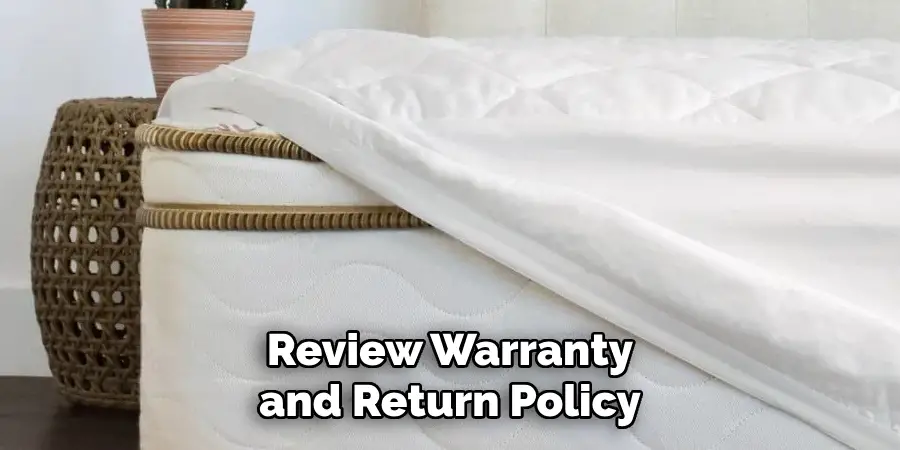
Conclusion
How to choose a mattress protector involves balancing multiple considerations to ensure you achieve optimal protection and comfort for your mattress.
By analyzing key aspects such as material, breathability, and comfort, you can enhance your sleeping environment while extending the life of your mattress. Assessing noise levels and durability will contribute to a restful night’s sleep while ensuring a proper fit will maintain the protector’s effectiveness over time. Additionally, reviewing the warranty and return policy offers assurance in your purchase, and selecting allergen-protective options can enhance the well-being of allergy sufferers.
Ultimately, informed selection will provide peace of mind and a healthier, more comfortable sleep experience.

